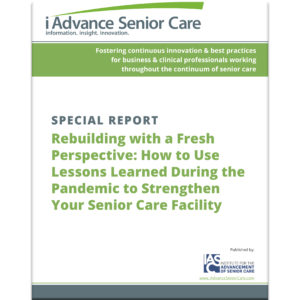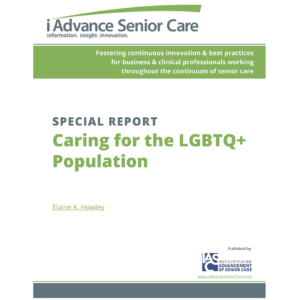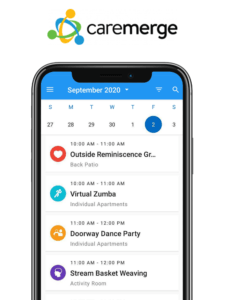Direct care, America’s fastest-growing occupation
This month, PHI released its latest analysis of the direct-care workforce. Most striking are the statistics on job growth. When taken as a group, nursing assistant, home health aide and personal care aide positions are projected to grow to nearly 5 million by 2020.This is the largest occupational group in the country.
The growth in home care positions, both home health aides and personal care aides, is expected to far surpass positions for nursing aides, as more elders demand—and states seek to provide—home and community-based services. These two occupations are expected to grow an unprecedented 70 percent over the decade 2010 to 2020. Nursing aide positions, by contrast, are expected to grow 20 percent, while all jobs across the economy are predicted to grow 14 percent.
The Great Recession has decreased turnover among these frontline caregivers—and perhaps made some employers complacent regarding the need to improve the quality of jobs. But as the economy improves, and better jobs become available, direct-care workers will once again seek better alternatives. As we all know, caring for people is challenging work, and only those who feel great passion for assisting others are likely to make direct care a career. Without intentional efforts to improve the quality of direct-care jobs, a better economy will leave many providers unable to recruit new workers to care for a rapidly expanding clientele.
Here are some rather sobering numbers about the women (mostly) who provide the great majority of the paid hands-on care for America’s elders and people with disabilities.
- Though demand is going up, wages are going down. The median wage for direct-care workers is $10.59 per hour, a decrease in real wages (adjusted for inflation) over the last decade. The median wage for all workers in the U.S. is $16.57 per hour.
- Although they serve the healthcare system, direct-care workers still lag in healthcare coverage. Among nursing assistants, one in four lack coverage. Among home care workers, one in three has no health insurance.
- Almost half of direct-care workers live in households with incomes below 200 percent of poverty and these numbers are increasing. In 2009, 44 percent relied on public benefits to make ends meet; in 2010, that number increased to 47 percent.
As Dorie Seavey, PHI’s policy research director noted in regard to this most recent analysis of the direct-care workforce: “Care work in America is at a crossroads. We can continue the status quo, adding direct-care positions that are poorly supported and poorly compensated, and then backfill them with public assistance. Or we can acknowledge this workforce as a key underutilized asset in our healthcare system and exploit its enormous potential as one of the strongest job engines that our economy has to offer.”
I Advance Senior Care is the industry-leading source for practical, in-depth, business-building, and resident care information for owners, executives, administrators, and directors of nursing at assisted living communities, skilled nursing facilities, post-acute facilities, and continuing care retirement communities. The I Advance Senior Care editorial team and industry experts provide market analysis, strategic direction, policy commentary, clinical best-practices, business management, and technology breakthroughs.
I Advance Senior Care is part of the Institute for the Advancement of Senior Care and published by Plain-English Health Care.
Related Articles
Topics: Staffing











